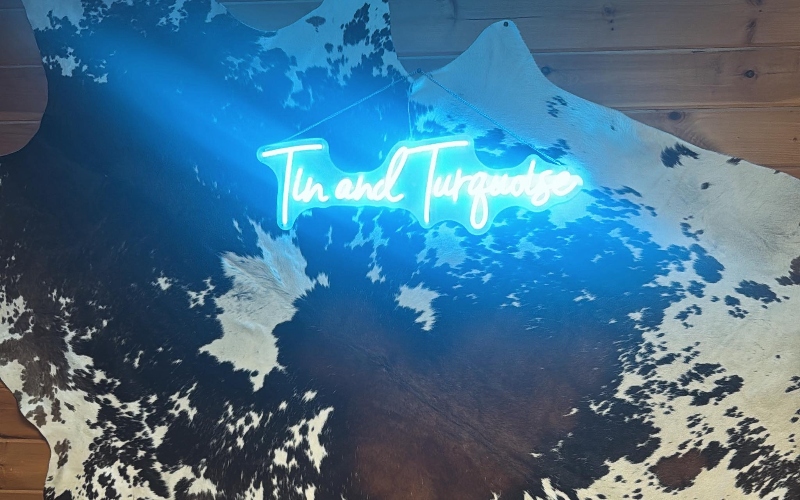The extraordinary, yet ordinary, everyday red bean
Published 10:09 pm Thursday, June 18, 2015
By David Crocker
Today, I’d like to share information on a very underrated super food, beans. Along with grains, beans were one of the first crops first harvested, and date way back to the Bronze Age. Beans have even been discovered in the tombs of the pharaohs and Aztecs. So revered were beans, that the Romans’ four most esteemed families were named Fabius (fava bean), Lentulus (lentil), Piso (pea), and Cicero (chickpea).
Beans are the only cultivated plants that actually increase soil fertility (by fixing nitrogen), rather than depleting it, while growing.
Trending
One of the most nutritious beans is the red bean. Red beans are a rich source of antioxidants. In fact, researchers from the United States Department of Agriculture found red beans to produce the highest level of antioxidants of more than 100 fruits, vegetables and nuts studied including blueberries and cherries. Antioxidants protect the body from “free radical” damage, which can cause cardiovascular disease, Alzheimer’s, and cancer.
Red beans can be a healthy substitute for meat too, because they provide an excellent source (17 grams per cup) of protein. Red beans also contribute an outstanding supply of dietary fiber. Just one cup provides half your daily requirement. Fiber helps keep the digestive system healthy, and even decreases blood cholesterol levels, reducing risk for cardiovascular disease. Fiber also helps regulate blood sugar levels.
Red beans are virtually fat free and contain no cholesterol. Red beans rate low on the glycemic index, which means their variety of carbohydrate doesn’t raise blood glucose levels quickly. Low GI (glycemic index) foods like red beans increase energy levels, help maintain a healthy weight, and reduce risk of diabetes and heart disease. High GI foods can cause blood sugar spikes, which can lead to diabetes and hypoglycemia (low blood sugar).
As if all these healthful benefits weren’t enough, red beans contain vitamins C (keeps blood vessels strong), K (needed for clotting), B1(stimulates attention and memory), B2 (needed to metabolize carbohydrates, fats, and proteins), B6 (essential for building muscle), folic acid (necessary for the production of RNA and DNA, the body’s genetic material, especially in infancy, adolescence, and pregnancy), and, calcium (needed for strong bones and teeth), iron (needed to produce hemoglobin), magnesium and phosphorus (both needed for strong bones), zinc (essential for more than 300 enzymatic reactions by the body), copper (works with iron to form red blood cells), selenium (protects cells), and Omega 3 and 6 fatty acids (both work together to reduce inflammation within blood vessels, joints, and throughout the body).
Red beans are, in fact, so extraordinary they made the Mayo Clinic’s 10 great health foods list. Don’t like red beans? That’s okay, because many beans and peas furnish similar healthful benefits.
Diet or exercise question? Email me at dwcrocker77@gmail.com or visit fitness4yourlife.org. David Crocker of Landrum has been a nutritionist and master personal trainer for 28 years. He served as strength director of the Spartanburg Y.M.C.A., head strength coach for the USC-Spartanburg baseball team, S.C state champion girls gymnastic team, and the Converse college equestrian team. He served as a water safety consultant to the United States Marine Corps., lead trainer to L.H. Fields modeling agency, and taught four semesters at USC-Union. David was also a regular guest of the Pam Stone radio show.





